More Evidence That Self-driving Cars Are on a Road to Nowhere

We’ve been critical that self-driving systems are, ahem, “oversold” by automakers and tech firms hoping to boost their stock valuations. That doesn’t mean autonomous vehicles won’t happen, just that the timeline is probably a lot longer than the public has been led to believe. Still, it makes sense to pursue AVs. The first company to achieve legitimate self-driving will blow the hinges off a door leading to an array of new business opportunities.
General Motors, long considered a frontrunner in the autonomous race, is apparently in desperate need of a second wind. Its Cruise self-driving unit is said to be woefully behind in its attempt to bring an autonomous vehicle to the commercial market by 2019. Some GM staffers have confessed that the current system isn’t even capable of identifying whether objects are in motion or not — which seems like an important distinction for a computer-controlled automobile to be able to make.
According to a series of interviews Reuters conducted with eight current and former GM and Cruise employees and executives, serious troubles plague the automaker’s autonomous arm. “Nothing is on schedule,” one source said, noting a flurry of internal targets the company has already missed.
However, Cruise CEO Kyle Vogt claims everything is going according to plan. Vogt said whatever limitations GM faces will be mitigated by limiting the upcoming autonomous taxi service to specific regions, starting with San Francisco. From there, the system can be improved and rolled out to other cities before ultimately becoming capable of driving anywhere. “Based on where we’re at and where we’ve been, we’re on track to hit that [2019 goal],” Vogt said.
Unfortunately, one current and three former Cruise employees told the outlet a decidedly less optimistic story. They claimed to have witnessed an issue where test mules failed to identify whether objects in the road were stationary or moving. Fortunately, the cars have a tendency to exercise caution, slowing or stopping when they approach a collection of parked motorcycles or bicycles.
From Reuters:
At times, the software has failed to recognize pedestrians, and has mistakenly seen phantom bicycles, causing the cars to brake erratically, according to two of the sources. And Cruise does not yet have a data-sharing collaboration with the San Francisco Fire Department, a necessary step to train the cars to respond to fire truck sirens, according to a fire department spokesman.
In addition, the open-source software robotics tools that Cruise used to develop the technology has delays that slow messages from the car’s sensors to the car’s brain, according to a fourth former employee and nine other people familiar with Cruise’s technology.
It sounds like the Cruise AV is currently stuck in geriatric mode, but that’s not all that uncommon for self-driving vehicles. Even the most advanced systems currently on the road are exceptionally timid and don’t like venturing too far from their home base.
Vogt said next-generation hardware and software should help address these issues, improving performance. “Early in development I’m sure there were phases where we were putting systems together where they didn’t meet the requirements we needed for launch, and that’s part of the testing and development process,” he said.
Those improvements will be incredibly important in 2019, as GM’s $5 billion in investment commitments from Japan’s SoftBank Group Corp. and Honda Motor Co. is dependent on Cruise achieving specific performance targets. Failure to adhere to its publicly announced timeline is also likely to rattle investor confidence. General Motors doesn’t want that, especially since its stock has declined since June of this year.
Does this mean GM’s autonomous development is a sham? Not necessarily. While it might not have the lead we once assumed, no other established automaker seems ready to surpass it. Tech firms have hit snags of their own. Uber basically had to restart its autonomous development program after a highly publicized fatality during testing and Waymo, which has the only true driverless fleet on public roads, has had problems of its own.
Users of Waymo’s pilot program have started complaining that its vehicles have issues coping with certain complex tasks. The worst of these, according to reports from August, are an occasional inability to turn left across multiple lanes of traffic and issues merging onto busy expressways. Other users claim their AVs stopped abruptly, sometimes for no apparent reason.
“Everyone in the industry is becoming more and more nervous that they will waste billions of dollars,” said Klaus Fröhlich, a board member at BMW and its head of research and development team.
General Motors claims safety is its highest concern, adding that it won’t put cars on the road that aren’t up to the task. “Right now we are in a race to the starting line,” said GM President Dan Ammann. “Getting stuck on one particular parameter, or one particular scenario, is missing the fundamental point of what is the total overall performance of the system.”
[Image: General Motors]

A staunch consumer advocate tracking industry trends and regulation. Before joining TTAC, Matt spent a decade working for marketing and research firms based in NYC. Clients included several of the world’s largest automakers, global tire brands, and aftermarket part suppliers. Dissatisfied with the corporate world and resentful of having to wear suits everyday, he pivoted to writing about cars. Since then, that man has become an ardent supporter of the right-to-repair movement, been interviewed on the auto industry by national radio broadcasts, driven more rental cars than anyone ever should, participated in amateur rallying events, and received the requisite minimum training as sanctioned by the SCCA. Handy with a wrench, Matt grew up surrounded by Detroit auto workers and managed to get a pizza delivery job before he was legally eligible. He later found himself driving box trucks through Manhattan, guaranteeing future sympathy for actual truckers. He continues to conduct research pertaining to the automotive sector as an independent contractor and has since moved back to his native Michigan, closer to where the cars are born. A contrarian, Matt claims to prefer understeer — stating that front and all-wheel drive vehicles cater best to his driving style.
More by Matt Posky
Latest Car Reviews
Read moreLatest Product Reviews
Read moreRecent Comments
- Jalop1991 This is easy. The CX-5 is gawdawful uncomfortable.
- Aaron This is literally my junkyard for my 2001 Chevy Tracker, 1998 Volvo S70, and 2002 Toyota Camry. Glad you could visit!
- Lou_BC Let me see. Humans are fallible. They can be very greedy. Politicians sell to the highest bidder. What could go wrong?
- SPPPP Vibrant color 9 times out of 10 for me. There may be a few shapes that look just right in metallic gray, for example. There are a few nices ones out there. And I like VW "White Silver". But I'd usually prefer a deep red or a vibrant metallic green. Or a bright blue.
- 28-Cars-Later Say it ain't so, so reboot #6* isn't going to change anything?[list=1][*]V4-6-8 and High "Tech" 4100.[/*][*]Front wheel drive sooooo modern.[/*][*]NOrthSTARt.[/*][*]Catera wooooo.[/*][*]ATS all the things.[/*][*]We're *are* your daddy's Tesla. [/*][/list=1]




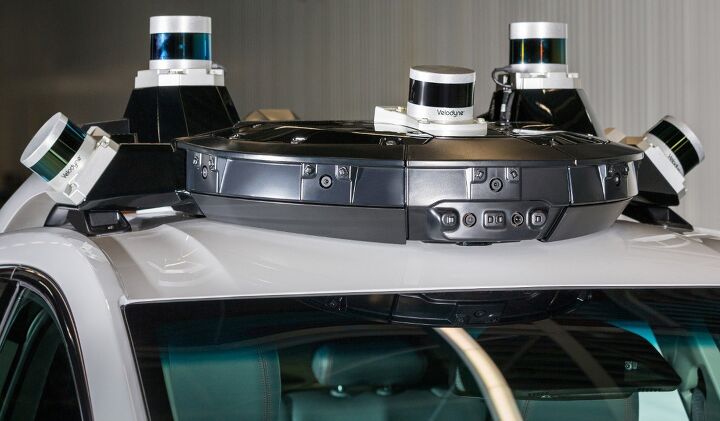
















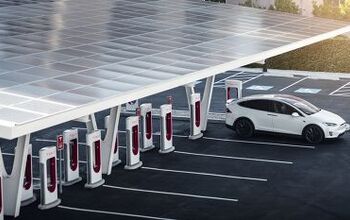
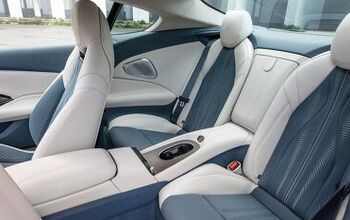
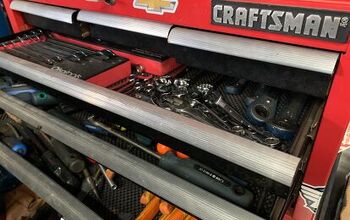
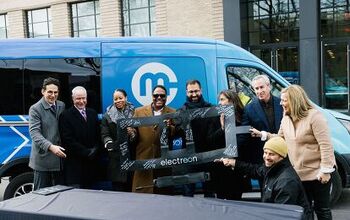



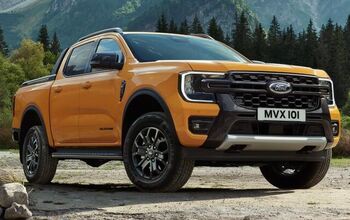
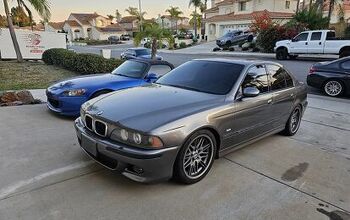
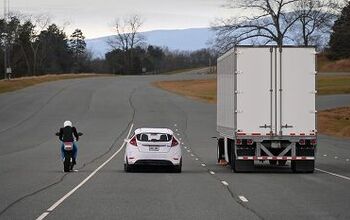
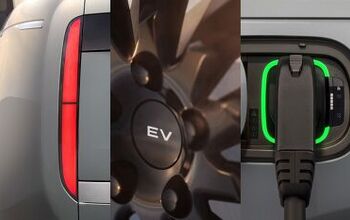
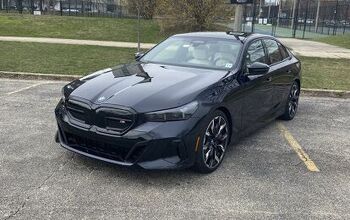
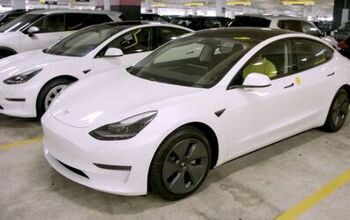

Comments
Join the conversation
Autonomous vehicle technology is not even close to being ready for real world prime time use.
>>> have a tendency to exercise caution, slowing or stopping